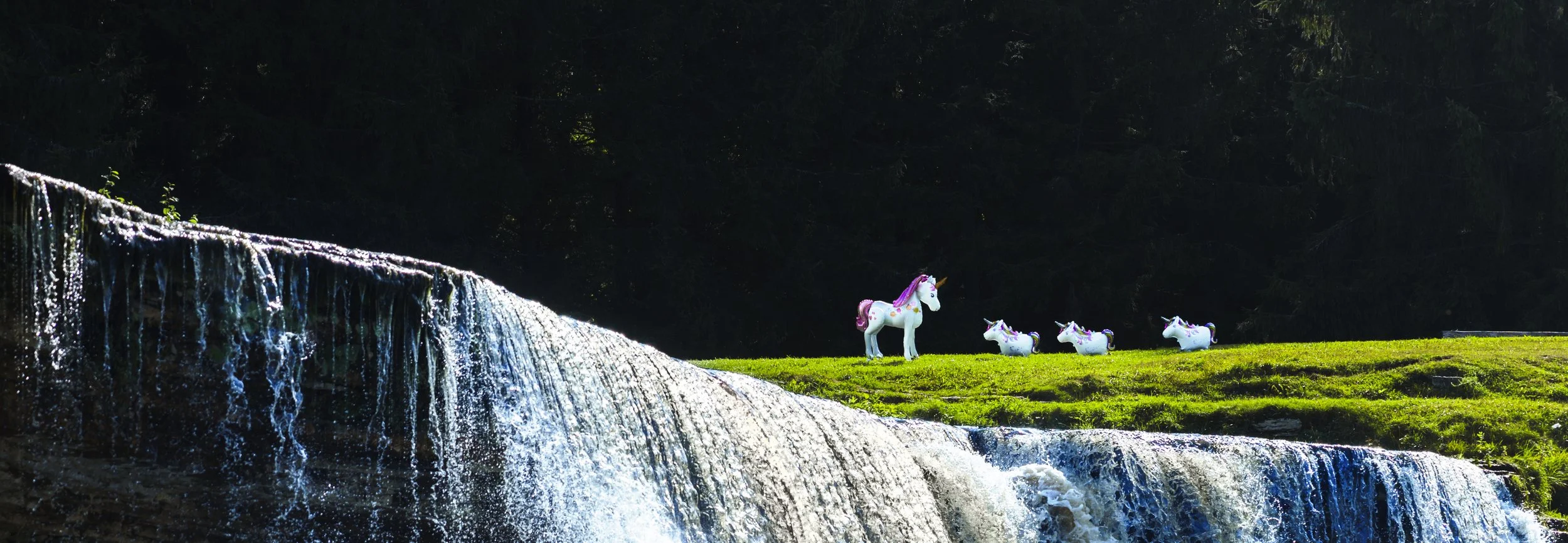
FANTASTIC BEASTS
In an era of uncertainty, where the future of life on Earth is precarious, Fantastic Beasts explores the fragile relationship between humanity and its environment.
The project envisions a world where animals exist only as inflatable forms - whimsical, yet haunting reminders of what might remain if humanity continues on its current trajectory.
This imagined reality touches on pressing global issues: wars, climate change, droughts, diseases and the existential question of journey to the Space.
The artificiality of inflatable creatures mirrors the precariousness of our own existence, raising questions about sustainability, loss, and the illusions we create to cope with an uncertain future.
The concept of "puffiness" becomes a multifaceted metaphor, it reflects the illusory nature of modern life: the pursuit of external glamour masking inner emptiness, the fleeting promises of politicians and the fragility of financial systems.
The duality invites viewers to consider the tension between surface - level appearances and deeper truths.
The project's aesthetic draws inspiration from biblical and mythological themes, world art traditions and the narrative structures of epic tales and blockbuster cinema.
At the same time, the playful, balloon-like forms serve as a bridge to childhood nostalgia, inviting viewers to pause, reflect and reconnect with themselves.
This interplay between the fantastical and the critical encourages a leap between dreams and reality, challenging us to question the nature of our world and the impact of our actions on its future.
Through a blend of fairy tale charm and deeper philosophical reflections, Fantastic Beasts provokes dialogue about the illusions we live by and the legacy we leave behind.























